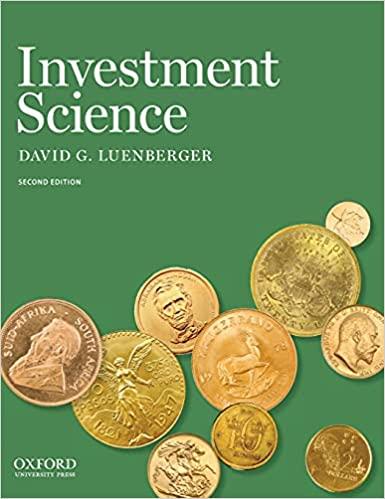Gavin Jones figured out a clever way to get 24 samples of monthly returns in just over
Question:
Gavin Jones figured out a clever way to get 24 samples of monthly returns in just over one year instead of only 12 samples; he takes overlapping samples; that is, the first sample covers Jan. 1 to Feb. 1, and the second sample covers Jan. 15 to Feb. 15, and so forth. He figures that the error in his estimate of $\bar{r}$, the mean monthly return, will be reduced by this method. Analyze Gavin's idea. How does the variance of his estimate compare with that of the usual method of using 12 nonoverlapping monthly returns?
Fantastic news! We've Found the answer you've been seeking!
Step by Step Answer:
Related Book For 

Question Posted:





